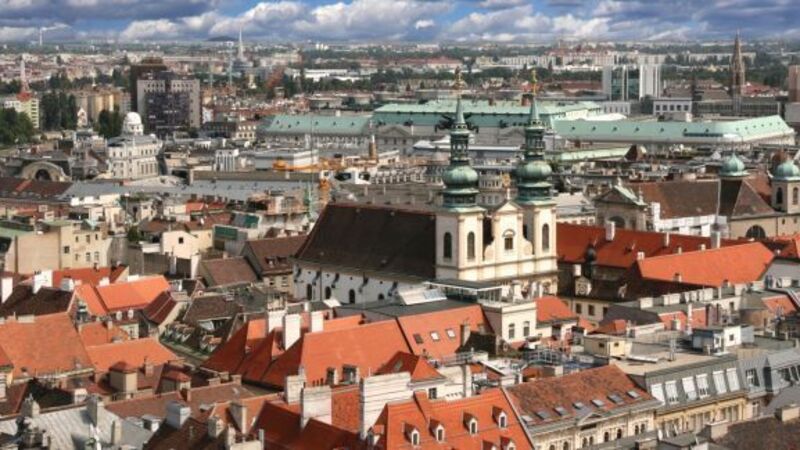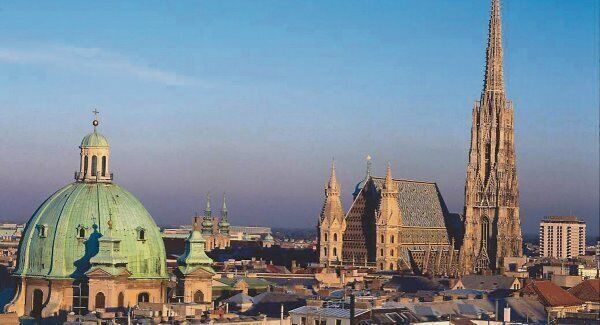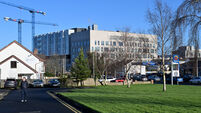Vienna is the most livable city and not because of opera

Year in, year out, in all the surveys that matter, Austria’s capital, Vienna, comes first in the ‘most livable city’ category.
Vienna ranks highest for quality of living for the past decade in the annual charts of Mercer, the world’s largest human resources consulting firm.
Similarly, Vienna was ranked top last year as the world’s most livable city according to an annual survey by The Economist Intelligence Unit.
The Austrian capital knocked Melbourne from the top spot, ending a record seven consecutive years at the head of the survey, which includes 140 cities from around the globe.
What is the secret of Vienna’s success? It is its imperial history, its beautiful parks, museums, opera houses, and palaces?
Could be because of its music and its famous orchestra, the Vienna Philarmonic?
All these wonders help bring hundreds of thousands of visitors to Vienna every year but the reason why many choose to live there is because of its model of subsidised housing that has shaped the Austrian capital for almost 100 years.
Vienna has a population of 1.8m people, the same as Dublin’s metropolitan area, yet the experience of anyone seeking a home could not be more different.

More than 60% of Vienna’s residents are living in community-owned or nonprofit social housing.
These are mixed developments, with professionals, retirees, and skilled and semi-skilled workers happily living in close proximity with one another.
The Viennese take great pride in the fact that they live in an affordable city, thanks to a long tradition of social housing.
The first so-called ‘Gemeindebauten’, a housing project run by the state, was built in the 1920s.
Today, the city government manages around 220,000 community-owned apartments, making it the largest municipal housing provider in Europe.
There are also non-profit co-operatives, which offer around 245,000 further housing units in Vienna. This adds up to around 60% of people who live in subsidised housing.
One of them is Maria Eder, who lives in Vienna’s most prestigious Gemeindebau, the Karl-Marx-Hof, a fortress-like building begun by the local government of Vienna in 1927 and finished three years later.

At more than a kilometre in length and spanning four tram stops, it is the longest single residential building in the world.
Today, it has become a tourist attraction as it symbolises the triumph of a socialist experiment within the capital of a free-market state.
It has been used as a filming location for some movies, most notably The Night Porter. The building was refurbished between 1989 and 1992.
Ms Eder, who has lived there since 1978, pays €251 a month for her 50 sq m apartment, excluding utilities such as electricity.
That represents less that one-tenth of her monthly disposable income. Compare that to her counterpart in Dublin, who could be paying anything up to 70% of disposable income on a place to live.
However, Vienna is not entirely immune to the pressures of rising prices on the private housing market. Rents and construction costs are rising at an alarming rate.
It is a similar picture in other Austrian cities.
While rent costs on the subsidised market have moved along the lines of inflation, rents in the private sector have risen up to 43% between 2008 and 2016, according to a report by Austria’s Department of Labour.
That requires constant vigilance.
Like the well-regarded Dutch health service, one of the reasons that Vienna’s system of social housing works so well is that it undergoes constant tweaking and reform.
On November 29, the Viennese state parliament passed a rezoning plan to develop the construction of new subsidised housing.
That means spreading out, beyond the city limits, as Vienna’s population is expanding at around 20,000 a year and is soon expected to exceed 2m.
Just like Dublin or Cork, that means more housing.
The difference is that, because of decisions taken in the past, there is no current crisis so the city authorities can proceed with building at a steady pace. At the moment, that means building or refurbishing around 7,000 homes a year.
Farmland in Stammersdorf, in the northern part of the city, is being rezoned for housing. Under the plan, the city is recategorising farmland for subsidised housing. It will not allow private developers to buy it and make a killing.
Certain private housing will be allowed in certain areas but more than half of the apartments built on the newly redesignated areas will be turned into affordable housing.
However, with a growing population, there will soon be a need for 10,000 new apartments a year, according to Verena Mörkl from the city planning bureau, Superblock.
Ms Mörkl told Euronews, the TV network based in Lyons, France, about the city’s housing policies, pointing out that central to the system is the mix of people within each apartment building, assuring that they will never become ghettoes.
“The logic of building communal housing in high-class districts has worked very well in the past. Compared to other big cities, Vienna still enjoys a rather good mix,” she said.
















